The World's Oldest Civilizations (original) (raw)
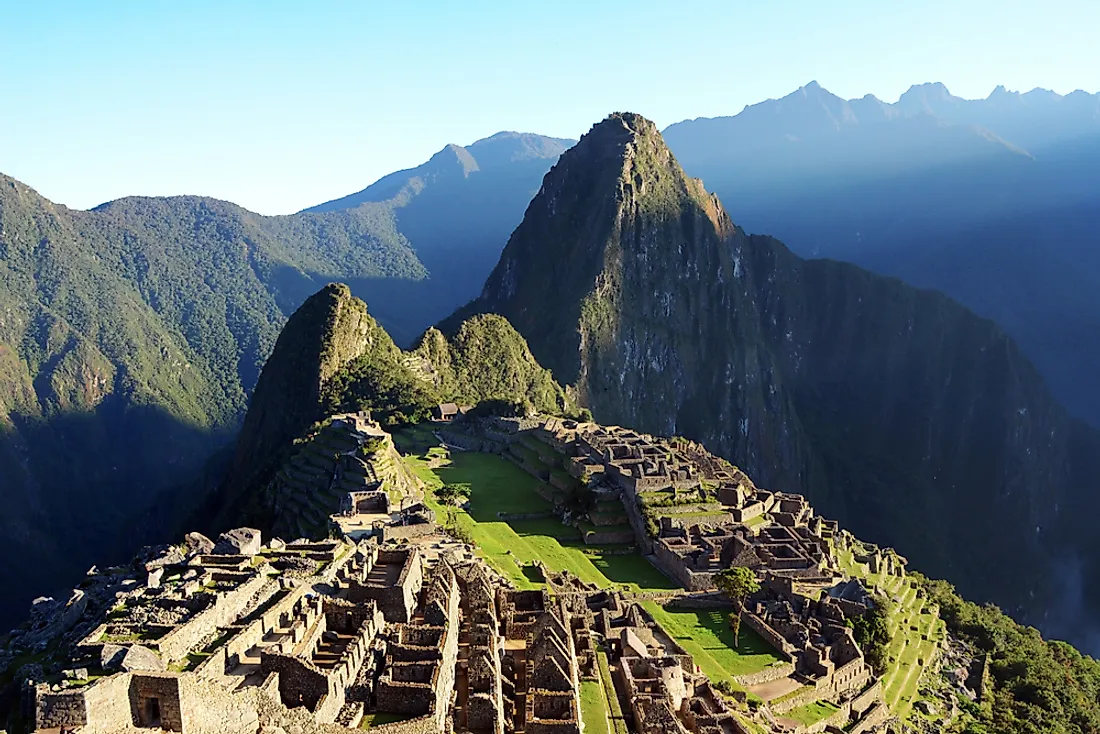
Machu Picchu is an ancient city from the Inca civilization.
- From the ancient Egyptians to the lesser-known Jiahu people, the following article briefly explores six of the world’s oldest civilizations.
- Historians remain puzzled as to how the advanced Maya Civilization could suddenly collapse in 900 CE.
- Extending from modern day Afghanistan and Pakistan to northwest India, the Indus Valley Civilization covered 1.25 million kilometers, making it the most widespread civilization of the ancient world.
- The earliest human remains of Australia’s indigenous people can be traced back approximately 50,000 years.
When it comes to ancient civilizations, most people think of the Greeks and Romans. It’s understandable, of course. Both have shaped modern society in some way, whether it be their long-lasting social, cultural, or political influences. However, there are dozens of civilizations that have been around long before the Greeks and Romans made their stamp on human history. From the ancient Egyptians to the lesser-known Jiahu people, the following article briefly explores six of the world’s oldest civilizations.
6. The Maya Civilization (circa 2600 BCE – 900 CE)
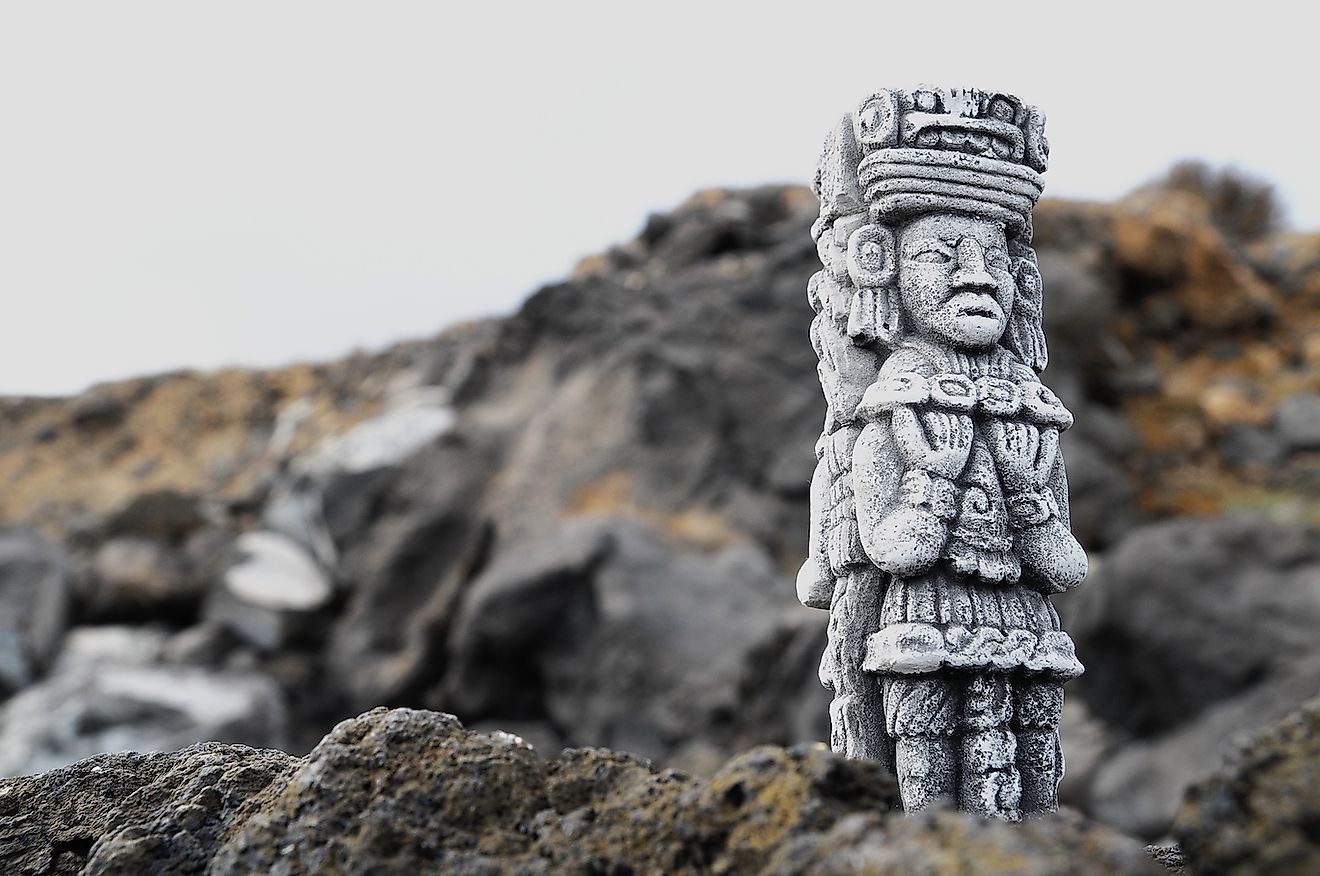
Ancient Maya statue on the rocks along the sea. Image credit: Underworld/Shutterstock.com
The Maya Civilization was largely made up of the indigenous people of Central America and Mexico. Their hunter-gatherer lifestyle can be traced back to 7000 BCE, but the first permanent villages were built around 2600 BCE. It is around this time that the earliest developments in agriculture occurred. At their height, their population exceeded 19 million people. They built extravagant structures, temples, and pyramids—some grander than those in Egypt. Their religion is not fully understood, but the Maya people believed in a heaven and an underworld known as Xibalba. They frequently performed human sacrifices as offerings to their gods, but since they believed spirits simply moved on to the next world, there was nothing malicious about the ritualistic act.
They were also expert record keepers and astrologists who were able to record lunar and solar cycles, and the movements of the planets. Today, they are perhaps most known for their calendar which marked December 21, 2012 as the end of time. Their own demise came long before that; however, historians remain puzzled as to how such an advanced civilization could suddenly collapse. Regardless, descendants of the Maya people still live in parts of Central America.
5. The Ancient Egyptians (circa 3150 BCE – 30 BCE)
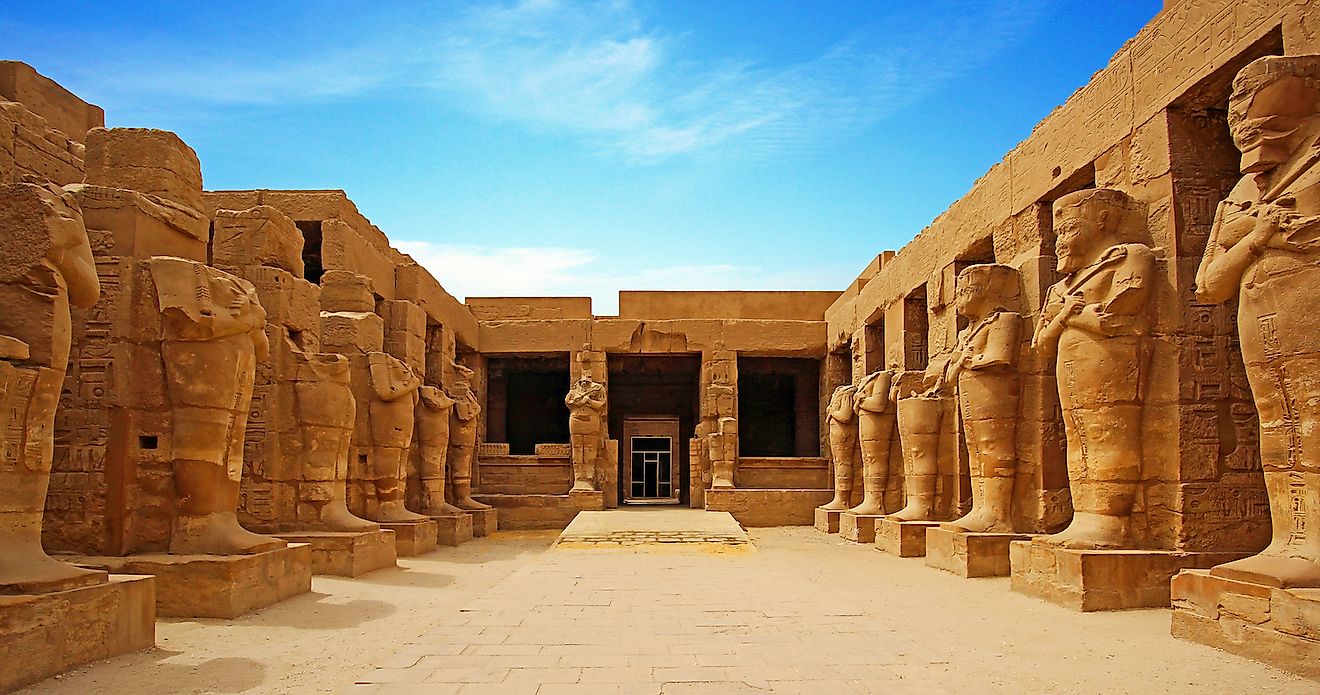
Ancient ruins of Karnak temple in Luxor. Egypt. Image credit: Zbigniew Guzowski/Shutterstock.com
The Ancient Egyptian Civilization was established when King Menes—the first pharaoh—unified Upper and Lower Egypt in 3150 BCE. For the most part, its people gathered along the banks of the Nile river. They are responsible for some of the greatest structures ever built, including the Great Pyramid of Giza, one of the seven wonders of the ancient world.
The Ancient Egyptians can be defined as a civilization of “firsts.” They made huge advancements in math and were pioneers of medical science. They were the first people to use waterways as trade routes and to make tools from bronze. They are also credited with developing the first phonetic alphabet which was widely used due to the invention of papyrus paper, which in turn led to the development of the first postal system. Believe it or not, they were also the first people to use toothpaste and wear wigs. Because of numerous wars and invasions, their ancient cultural was slowly replaced over time.
4. The Indus Valley Civilization (circa 3300 BCE – 1900 BCE)
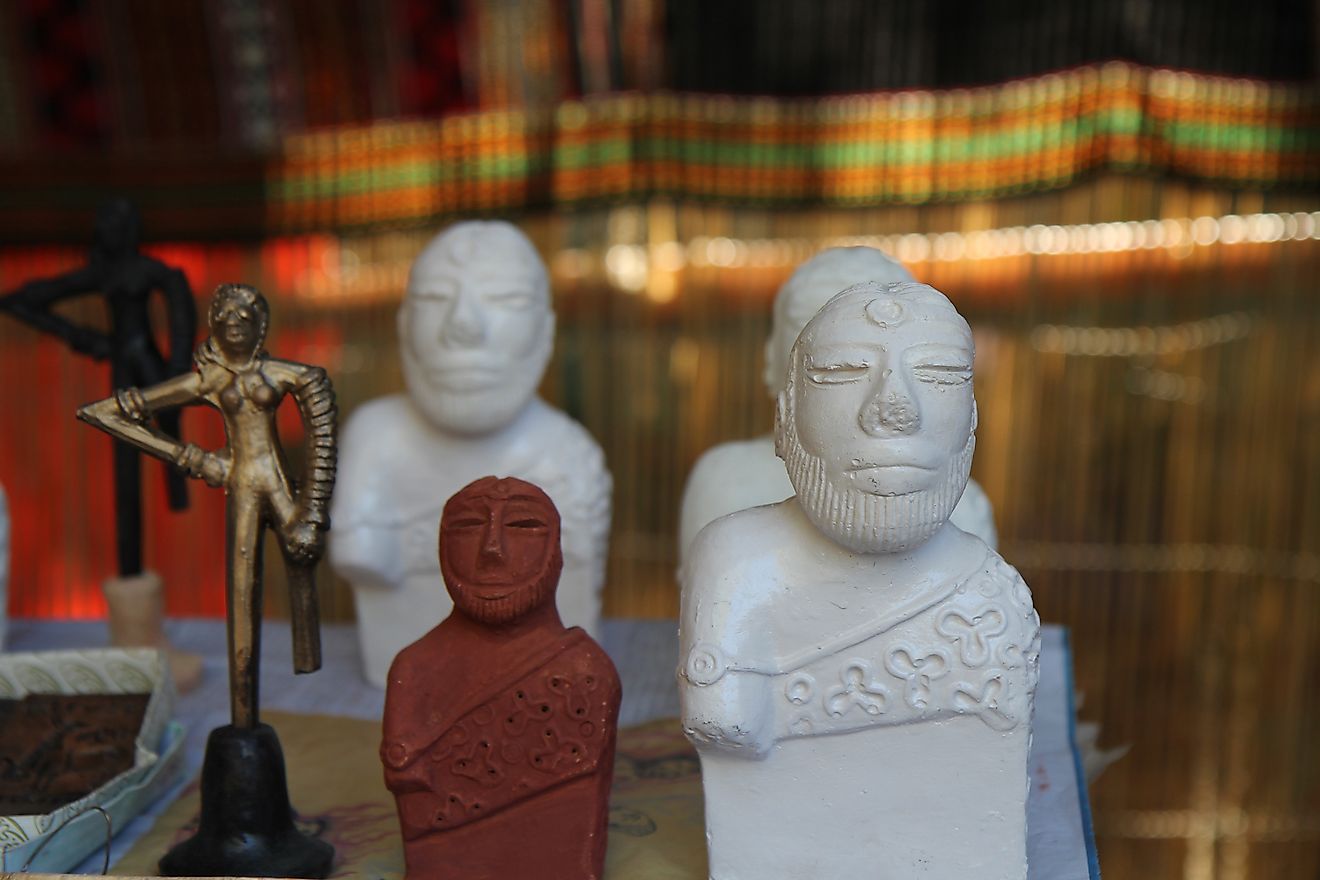
The Dancing Girl and Priest-King pottery sculptures are made with un-fired clay. Historic sculptures which were found in Indus valley city of Mohenjo-daro are today made by artists in Pakistan to be sold as souvenirs. Image credit: Faraz Akhtar Malik/Shutterstock.com
Extending from modern day Afghanistan and Pakistan to northwest India, the Indus Valley Civilization covered 1.25 million kilometers, making it the most widespread civilization of the ancient world. The earliest people gathered around the basin of the Indus River, establishing farming settlements. 3300 BCE is when historians generally clock the first signs of urbanization. By 2500 BCE, the Indus Valley Civilization was thriving, its people living in dozens of highly developed and spacious urban centers. There is even evidence that houses had individual bathrooms that led to a sophisticated underground sewage system.
The local people had a writing system. They were also great mathematicians. But what is more astounding is that archaeologists have found no traces of warfare or mass violence. It is estimated that they lived without armor and weapons for more than 700 years. Instead, they were a peaceful people who traded amicably with neighboring civilizations. It is perhaps this disinterest in war that led to their downfall at the hands of Central Asian invaders. Other historians, however, claim their end was due to a great flood.
3. Mesopotamia (circa 3500 BCE – 500 BCE)
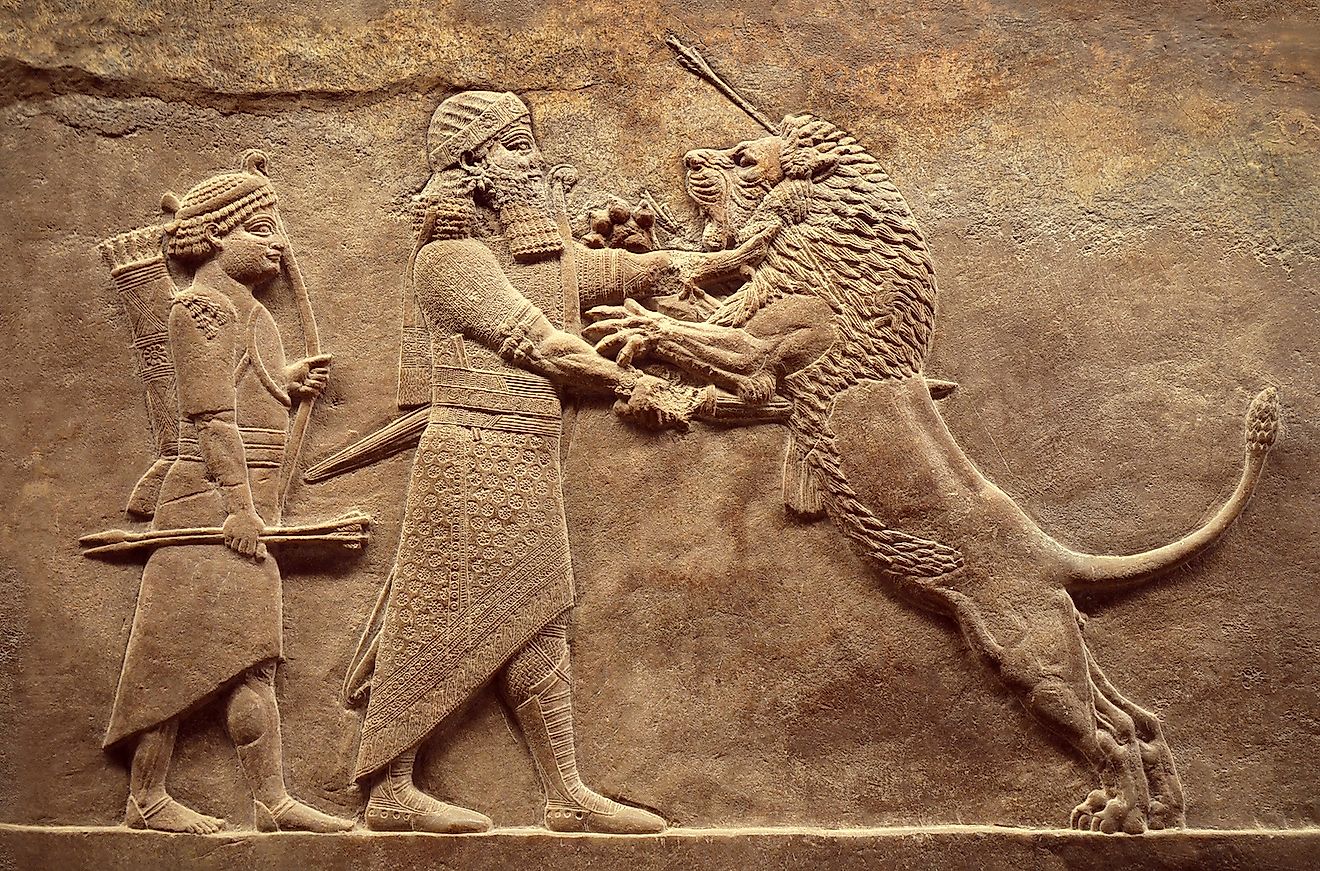
Assyrian wall relief, detail of panorama with royal lion hunt. Old carving from the Middle East history. Remains of culture of Mesopotamia ancient civilization. Image credit: Viacheslav Lopatin/Shutterstock.com
For a long time, scholars believed that Mesopotamia was the first civilization. Located between the Tigris and Euphrates rivers, its name means “between (meso) rivers (potamos).” Today, the region encompasses Iraq, Kuwait, Turkey, and Syria. For thousands of years, the early people lived in small settlements which eventually transformed into a scattering of farming communities around 8000 BCE. Built on fertile land, the idea of agriculture soon developed alongside the domestication of animals. These communities expanded into what we consider cities, Uruk being the first one around 3500 BCE. At its height, it was home to approximately 50,000 people.
In addition to agriculture, Mesopotamia is known for its lucrative trade and the establishment of various industries, including masonry, metalwork, and leatherwork. Historians even consider its people responsible for the invention of the wheel. However, the region was seized by the Persians around 539 BCE. By the time Alexander the Great conquered the Persian Empire some two hundred years later, most of the Mesopotamian cities and culture had been supplanted.
2. Jiahu (circa 7000 BCE – 5700 BCE)
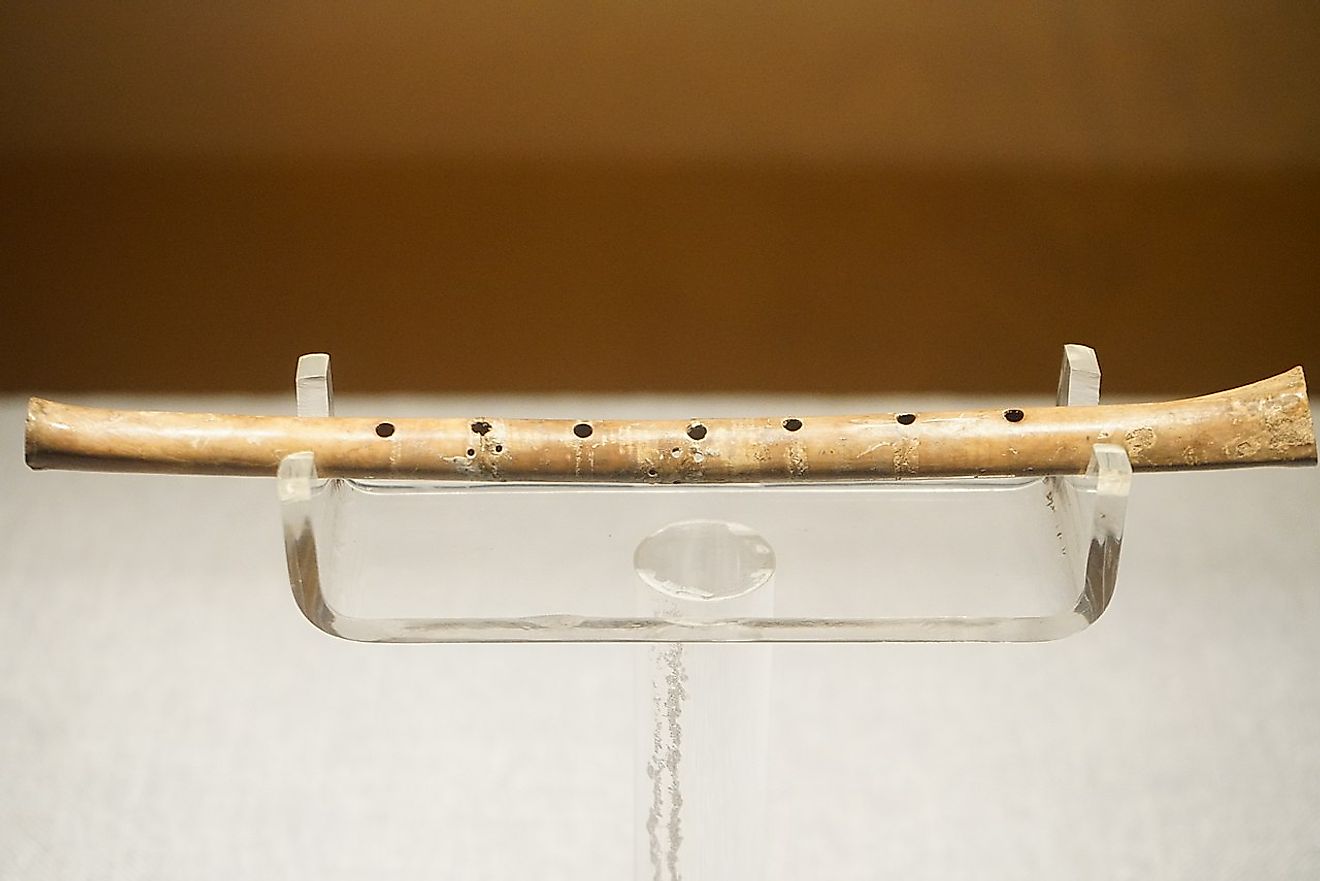
Gudi flute found at Jiahu, on display at the Henan Museum.
The Jiahu settlement is located in the central plain of ancient China, an area known today as the Henan Province. The people of this settlement belonged to the country’s oldest recognized civilization. The area is rich in artifacts, making it an archaeologist’s dream. In addition to the usual ancient finds such as pottery and tools, people have uncovered records of the earliest examples of Chinese writing and proof that they were producers of the world’s oldest wine. One of the most remarkable discoveries was the bone flute which is considered the oldest working musical instrument. Typically carved from the wing bone of a crane, these flutes were most likely used in special ceremonies.
The settlement’s end came around 5700 BCE when the nearby rivers overflowed and flooded the area. It is assumed that the Jiahu people left their home to settle elsewhere, even though there is no indication as to where that might have been.
1. The Indigenous Peoples of Australia (circa 50,000 BCE)
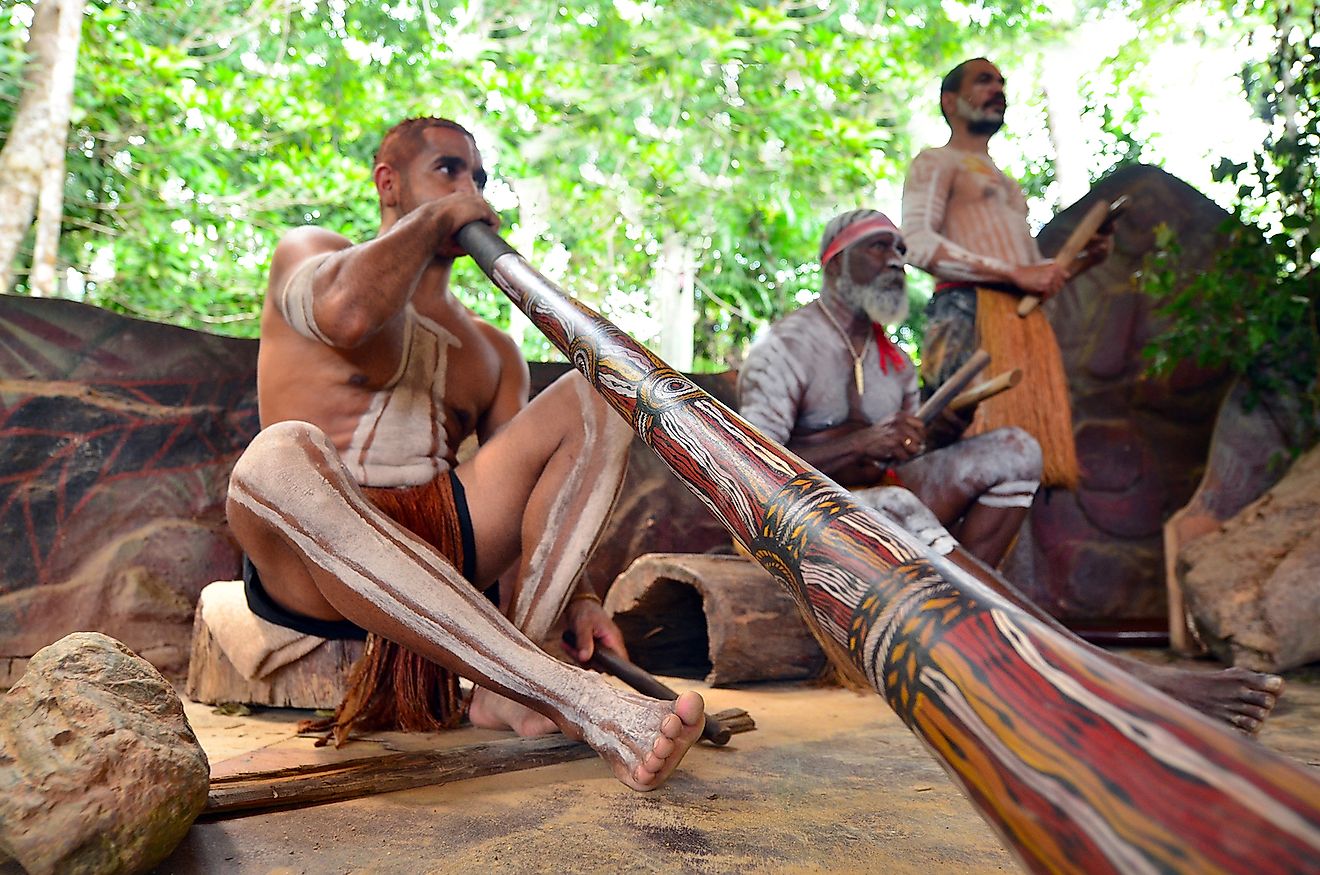
Australian Aboriginal men play Aboriginal music on didgeridoo and wooden instrument during Aboriginal culture show in Queensland, Australia. Image credit: ChameleonsEye/Shutterstock.com
The indigenous peoples of Australia were the inhabitants of mainland Australia and its islands before the arrival of European colonizers. It is generally believed that they originally came from Southeast Asia during a time when sea levels were low and land bridges more extensive. Research indicates that they are the oldest civilization on earth. The earliest human remains can be traced back approximately 50,000 years; however, inconclusive data suggests they might have been around as far back as 80,000 years ago.
Australia’s indigenous peoples were hunter-gatherers, and even though they were nomadic, they had strong ties to specific areas of land they might have considered home. Once the Europeans arrived, they occupied the entire continent and spoke more than 200 different languages. Since then, they have endured immense persecution and have experienced the erasure of much of their culture and traditions.
- Home
- World Facts
- The World's Oldest Civilizations